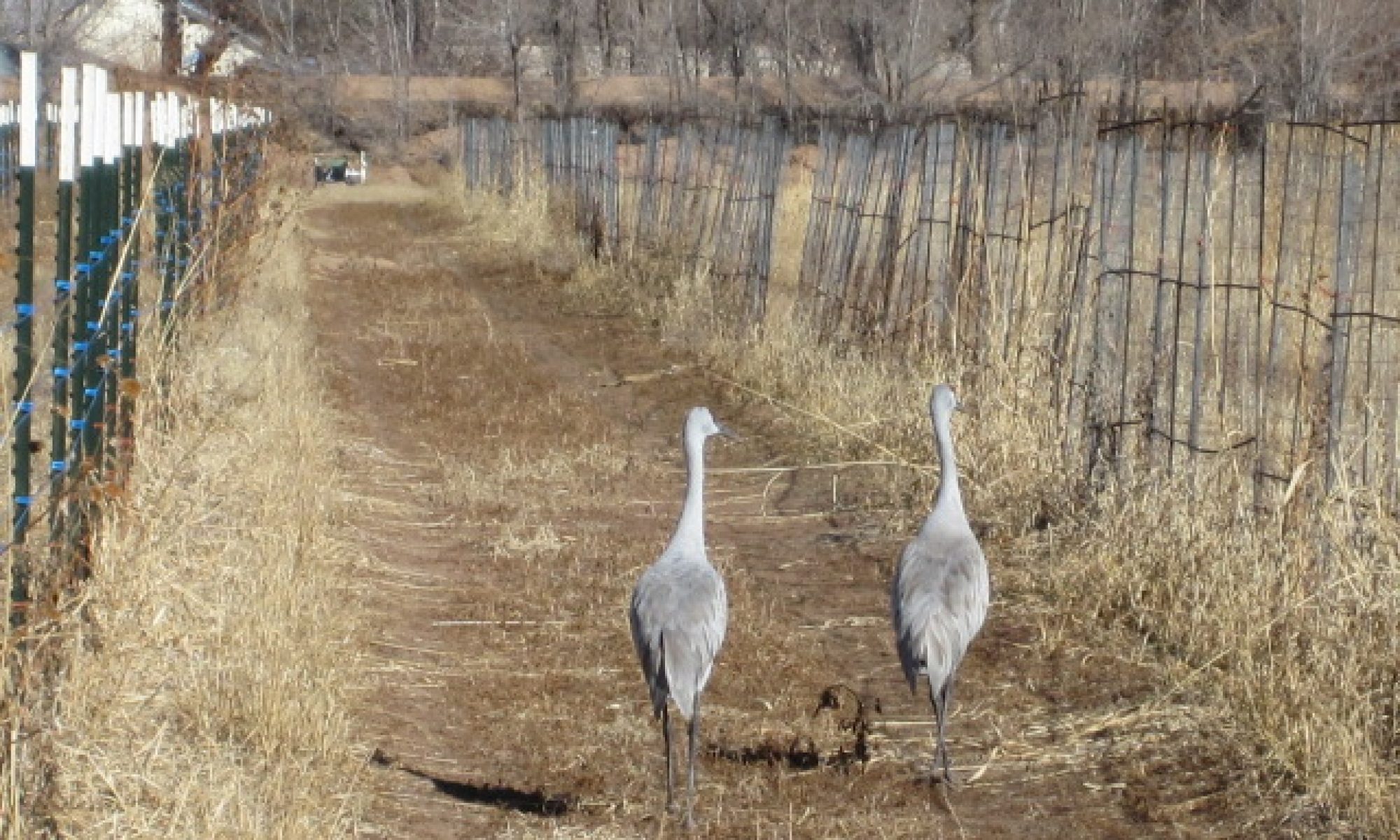Am I really the only one who never realized that Twinkle Twinkle Little Star and the ABCs are the same song?
I learned this riveting bit of trivia from Hakim Bellamy, Albuquerque’s first Poet Laureate, at a workshop in January. It was a throwaway line, something like, “You know, the same way Twinkle Twinkle…” He wasn’t expecting to reveal truth with that aside, but for me, it eclipsed everything else he had to say.
It’s not like I haven’t thought about these songs since I was five. Twinkle is contemporary music for me. If that idea seems hard to imagine, you probably never had a child who played a string instrument. My granddaughter decided she wanted to play the violin when she saw Celtic Woman on TV. In retrospect, she was still in her princess phase, so maybe she just wanted to wear the sparkly dress, but we’re enthusiastic grandparents, so off we went to violin lessons.
The Suzuki method leaves nothing to chance. There are games for learning to hold the bow, games for naming the parts of the violin, games for getting to violin lessons on time. (Ok, I made that last one up, but there ought to be.)
The first thing that happens when your granddaughter takes up violin is that Twinkle Twinkle Little Star becomes the music of your life. She’ll play the twinkle theme in quarter notes (the way you are used to hearing it), and then she’ll play it in triplets (think twin-twin-twin-kle-kle-kle), which she will understand as “lavender octopus.” She’ll play Twinkle to the rhythm of “fuzzy yellow caterpillar” and to “I practice each morning.” Just last week she started playing it to “I’m [pause] a monkey.” My point is that she will spend some part of each day for the next two or three years (and counting) playing the song I didn’t know was the ABC song.
The second thing that happens when your granddaughter takes up the violin is that you realize she’s having a lot of fun, and you’re just watching. Hence the third thing: you buy a violin and start playing Twinkle Twinkle every day yourself.
I have to admit that I thought it looked easy. I’ve played the piano on and off for a long time—how hard could it be to learn an instrument when you only have to read one clef?
It turns out, there are at least three reasons it’s harder to learn to play violin than piano.
1. The notes on a piano know who they are. If you put your finger on middle C, the 24th white key from the far left of the keyboard, the tone you hear will be, with a high degree of statistical certainty, middle C.
Not so on the violin. You will put your finger in the same unmarked location where you are certain you put it yesterday to play a D, and you are likely to play a D flat (who plays a D flat on purpose?), or a D#, or if you haven’t been practicing enough, you might actually play a C or an E.
2. Learning to play piano, you might have to practice scales in contrary motion (one hand singing do re mi fa…the other do ti la so…), but both hands are doing roughly the same thing in different directions. You do not have to finger a scale in your left hand while your right hand makes unnatural stroking motions with a stick.
3. You do not have to hoist a piano onto your shoulder and hold it in precisely the right place with your chin to play it.
Finally, if my husband or my dog were writing this list and loved me less than they do, they might add that it never actually causes your family physical pain when you practice piano.
So. All that is to say that I’m quite familiar with Twinkle Twinkle Little Star; it’s not an abandoned relic of my childhood.
Which brings me to the ABCs. With five older siblings, I’m sure I knew the alphabet well before first grade, but circa 1970, I (and the forty-four other students who would line up in front of and behind me through eighth grade) marched around Sr. Esther’s room, carrying canes with letters on them. Along the way, we jumped in tires and probably even clapped out beats as we sang the alphabet song. I loved those canes.
I remember 1970 as the year we colored everything yellow and circled words that rhymed. At some point, we also learned to say the alphabet backwards, presumably to make looking up words in the dictionary easier. (I can’t say this skill has ever helped me figure out if equanimity comes before or after erotic on the fly, but it does make it easy to impress teenagers on the first day of class. As does writing your name forwards and backwards at the same time with a marker in each hand, which is really no different than playing a scale in contrary motion, but I digress.)
What I’m trying to say is that I’ve had a love affair with the alphabet since I was a little kid. I used to say periwinkle was my favorite color, just because I liked how it sounded. And when I checked the dictionary just now to make sure periwinkle really is just a fancy way to say purple, I learned it is also a sea snail, which is every bit as much fun to say.
So at some point when I was three or four or five, I learned the song that taught me to cast my wonder onto the stars, and I learned the song that gave me twenty-six tools I could use to explore that wonder.
“How I wonder what you are” still pulls me onto the back deck with my sleeping bag each November to watch the Leonids. “How I wonder what you are” still calls me to my keyboard to explore that mystery, the way Rilke does when he explains life in eleven syllables: “it is alternately stone in you and star.”
When Hakim Bellamy said casually, “You know, the way Twinkle Twinkle and the ABCs are the same song,” what I heard was, “in the beginning was the word,” or, in the words of my old teacher, John Dunne, “if it all means the same thing, it means God.”
Back when I was first learning to sing to the stars and to love the world with letters, I had to leave for the bus stop when the trolley came for the Neighborhood of Make-Believe. Today, I have to stop writing and get ready for work when I hear my neighbor’s garage door open.
Before I turn off my desk lamp, a little pool of light illuminates my hands, spidering over my laptop. The backs are flat and my fingers curl gently toward the keys. If I were to put pennies on them while I type, an old piano trick for practicing scales, they wouldn’t fall off. If the moonlight caught me just then and you looked in the door, you wouldn’t be able to tell if I were playing at a Bach Invention or playing at salvation.
Click here to read Rilke’s poem Evening
Click here to get to know Hakim Bellamy


Be comforted that I, too, did not realize those songs were the same until my kids were in strings and then band, and somehow it came up. I was shocked, and the discovery also eclipsed everything else that day.
After hearing Twinkle Twinkle and Ode to Joy butchered so many different ways for 3 months straight, i will never forget my wonder at how miraculous it sounded to hear all 30 some kids playing a reasonable rendition of both songs in unison. Lovely.
Similar to the book you need to write, I still need to get an instrument in my life. I will pick up that guitar again some day soon, I promise.
I also really liked those alphabet canes!
Ok, let’s see, um, A-B-C-D-E-F-G, how I wonder what you are. No, No, that’s not it! Hmmm, oh, I know! Twinkle, twinkle, little star, H-I-J-K-L-M-N-O-P… No, No, that’s not it either! Oh man!
Sorry, I couldn’t resist. And no, you’re not the only person who didn’t realize that those two songs were the same tune. 🙂
I’ve always been in awe of people who can play a string instrument without frets on the fret board. I took guitar lessons for a short time in my youth, and those frets were indispensable. When a friend of mine pulled out her violin and played a couple of notes, my reaction was, ‘How did you DO that???’